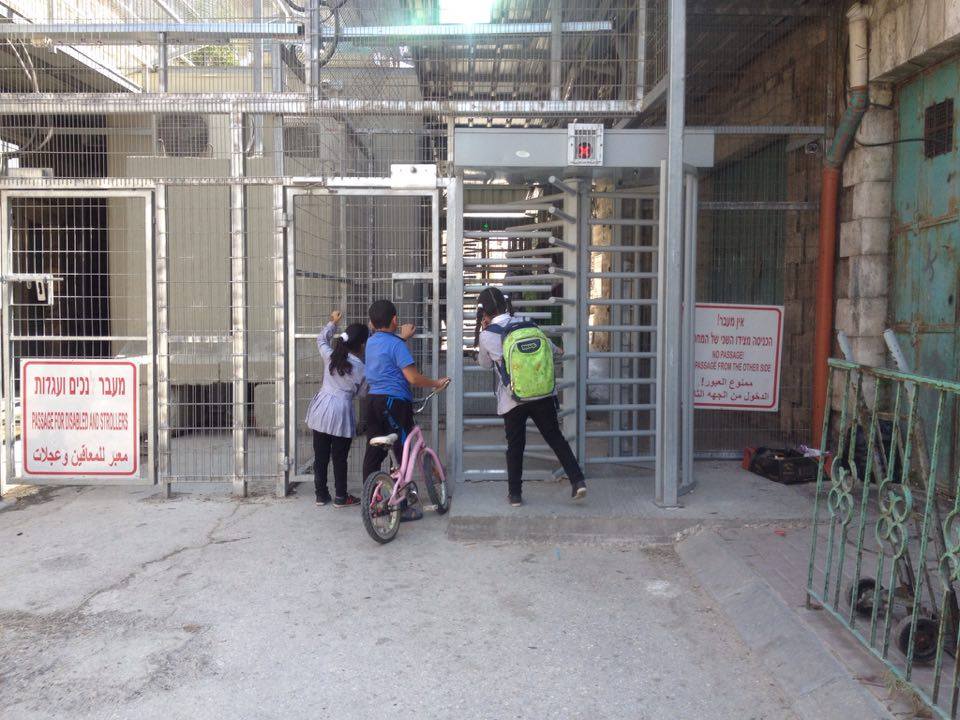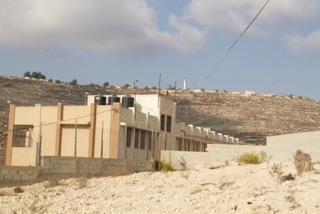Tag: International law
-
Imprisoned lives: closed military zone in occupied al-Khalil (Hebron)
30th October 2016 | International Solidarity Movement, al-Khalil team | Hebron, occupied Palestine It’s like living in a prison. That’s how residents describe what Israeli forces are doing to their lives in the Tel Rumeida neighborhood and Shuhada Street in occupied al-Khalil (Hebron). The area was first declared a ‘closed military zone’ on 30th October 2015…
-
I’m sorry we never knew each other
29th October 2016 | International Solidarity Movement | Hebron, occupied Palestine This is a the personal thoughts of an ISMer, remembering the execution of Hummam Adnan al-Saeed and Islam Rafiq Hammad Ibeido, on 27th and 28th October 2015. Israeli forces gunned down the two Palestinian men right in front of the ISM-apartment. The only thing…
-
Settlers attack boy’s school, Israeli army traps students
26th October 2016 | ISM & IWPS | Urif, occupied Palestine Last Tuesday both the IWPS team and ISM team were harvesting olives in separate areas when we received a phone call telling us that there had been trouble with settlers from the illegal settlement Yitzhar and Israeli occupation forces near the high school for…


